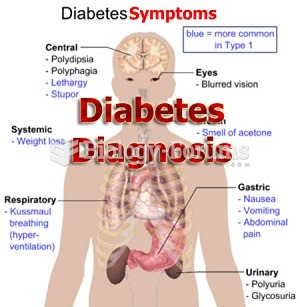This topic contains a solution. Click here to go to the answer
|
|
|
Did you know?
More than 34,000 trademarked medication names and more than 10,000 generic medication names are in use in the United States.
Did you know?
There are 60,000 miles of blood vessels in every adult human.
Did you know?
If you could remove all of your skin, it would weigh up to 5 pounds.
Did you know?
By definition, when a medication is administered intravenously, its bioavailability is 100%.
Did you know?
There used to be a metric calendar, as well as metric clocks. The metric calendar, or "French Republican Calendar" divided the year into 12 months, but each month was divided into three 10-day weeks. Each day had 10 decimal hours. Each hour had 100 decimal minutes. Due to lack of popularity, the metric clocks and calendars were ended in 1795, three years after they had been first marketed.







